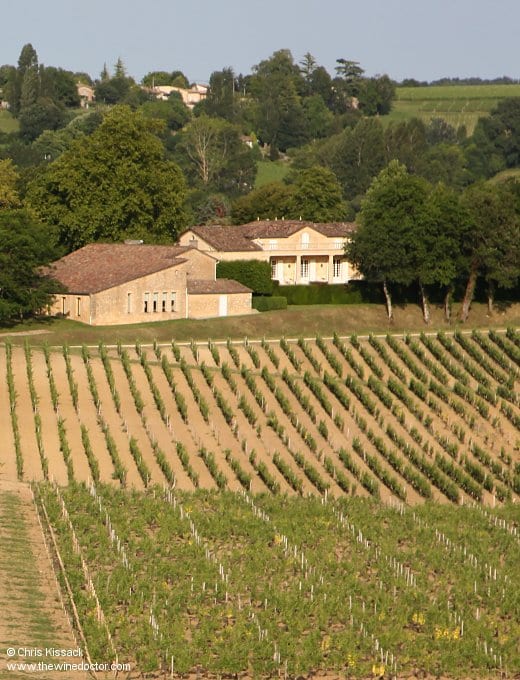Château Cap de Faugères
Standing on the upper level of the 21st-century cellars at Château Faugères, I was able to survey the gently sloping valley filled with vines that lay at the foot of this imposing edifice. The vineyards were nothing short of immaculate, the verdant green of the pencil-straight rows of neatly clipped vines contrasting sharply with the pale, dusty ochre of the earth. The rows ran straight down the slope, before more distant parcels zigzagged their way back up the incline beyond. Midway up the opposite slope lay the unmistakeable sight of Château Faugères, with its chartreuse-style château and, to one side, its capacious cellars.
Except I was mistaken, or at least my knowledge was out of date. When I took my first sip of wine from this estate that building was indeed Château Faugères in the distance (and the cellars where I stood had not even been built). But appellation regulations, and subsequently the entry criteria for the 2012 St Emilion classification meant that new cellars were required. The building where I stood was the new Château Faugères. The pretty château in the distance was now the centre of operations for Château Cap de Faugères. If this already has you confused, then join the club. If you would like to unravel the story of this complicated domaine, then read on.

Please log in to continue reading:
